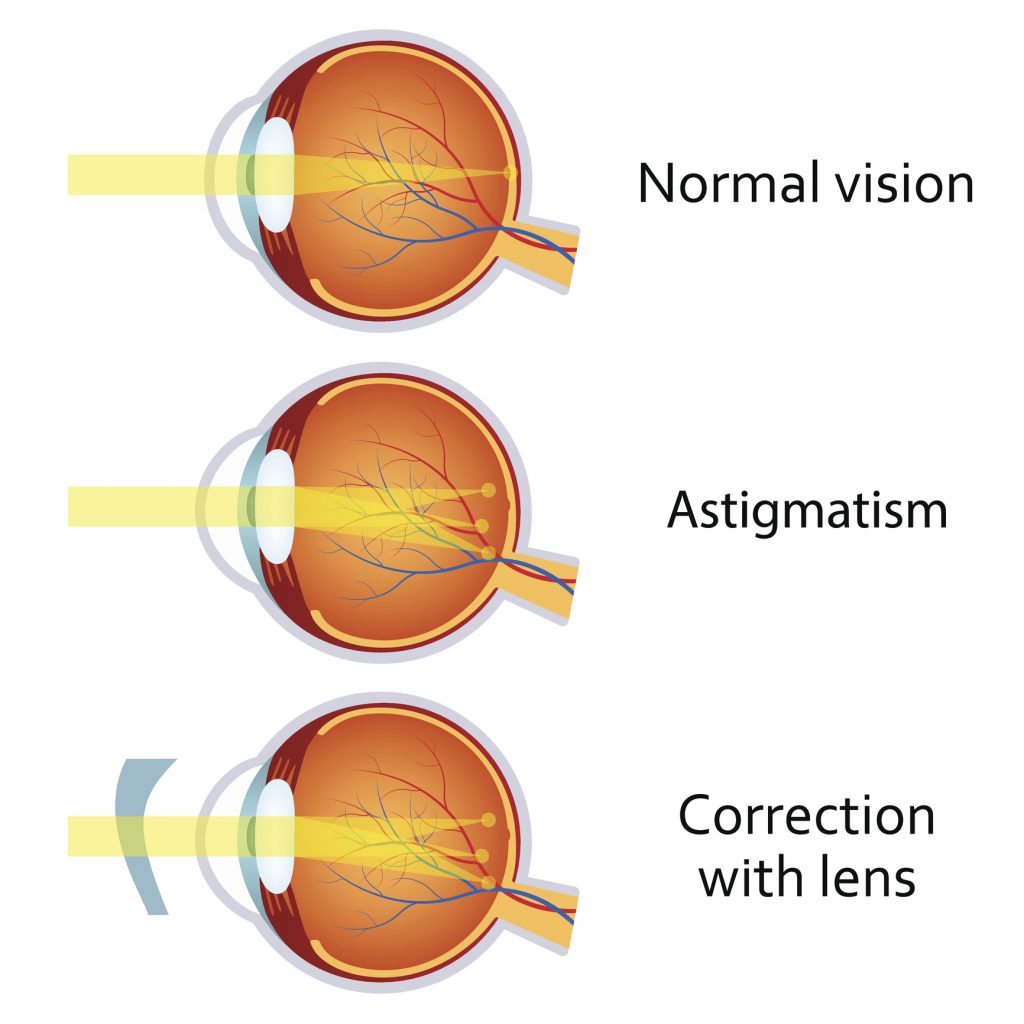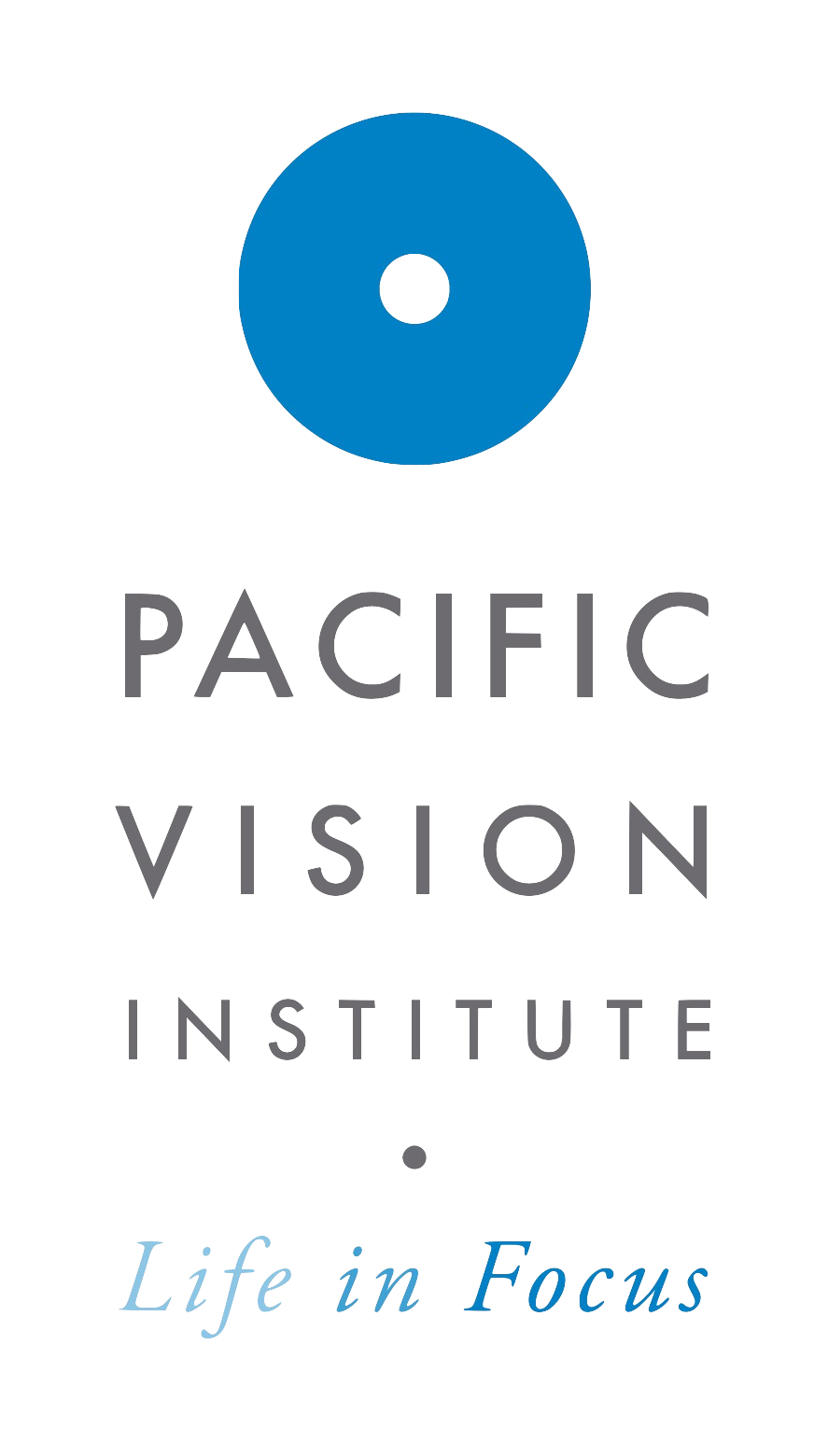Astigmatism: What is it?
Everyone is familiar with the terms “nearsightedness” and “farsightedness,” but although it is just as prevalent, not everyone understands what astigmatism is. Despite its slightly serious-sounding name, astigmatism is not a disease or illness. It is a widespread eye condition that causes distorted or blurred vision at all distances.
What is astigmatism caused by?
Astigmatism is caused by an irregular curve of the cornea (the front surface of the eye) or lens. Like nearsightedness and farsightedness, astigmatism is classified as a refractive error. This means that the shape of your eye creates trouble with focusing light onto the retina, causing fuzzy or blurry vision. The reason for the condition is unknown. Some people are born with astigmatism, while others develop it as children, teenagers or adults. While genetics often play a role, astigmatism may be the result of an eye injury or in rare cases develop after eye surgery.
There are two types of astigmatism – corneal (caused by a misshapen cornea) and lenticular (when your lens is misshapen). Symptoms and treatment options are similar for both of these conditions.

What are the symptoms of astigmatism?
An eye examination can reveal whether your vision problems associated with astigmatism. However, there are some common symptoms that could indicate that your vision problems are the result of astigmatism. If you are bothered by any of the following symptoms, it may be a good idea to get an appointment for an eye examination and a professional assessment.
- Blurry or distorted vision (regardless of distance, both far away and up close)
- Eye strain or eye irritation
- Headaches
- Squinting
- Difficulty with night vision or driving at night
Can astigmatism be cured?
Depending on the severity of your astigmatism, your doctor may recommend different forms of treatment. Corrective glasses and contact lenses may be prescribed for milder cases. If your astigmatism is more severe, your vision could be corrected with a custom surgery.

In most cases, astigmatism can be resolved by LASIK (laser-assisted in situ keratomileusis) surgery. This is the most commonly performed laser eye surgery and is a straightforward procedure to treat refractive errors. During LASIK, the cornea of the eye is reshaped to allow light to be correctly focused onto the retina.
PRK (photorefractive keratectomy) is another kind of laser eye surgery that can be used to correct astigmatism. If you have any questions regarding astigmatism or would like to know what treatment would be best suited to your circumstances, don’t hesitate to book an appointment with one of our team of acclaimed board-certified ophthalmologists at Pacific Vision Institute in San Francisco.
Why choose Pacific Vision Institute?
At Pacific Vision Institute, we are passionate about perfection. We take pride in always being at the cutting edge of research and new procedures, as well as delivering customized treatments and results. But we are just as well-known for our emphasis on personal care and attention. We want you to feel comfortable, informed and at ease with any procedure you will be undergoing. If you have any questions at all, we will be happy to answer them thoroughly for you. Contact us today!
